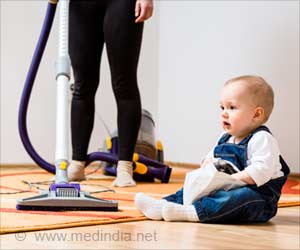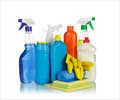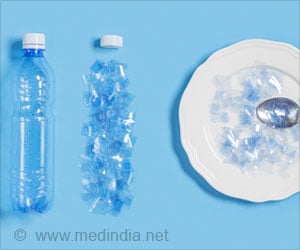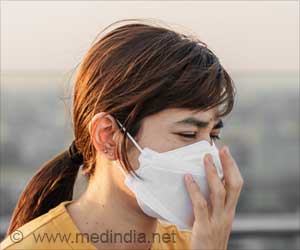Numerous dangerous volatile organic compounds, or VOCs, released by common cleaning supplies may cause indoor air pollution.
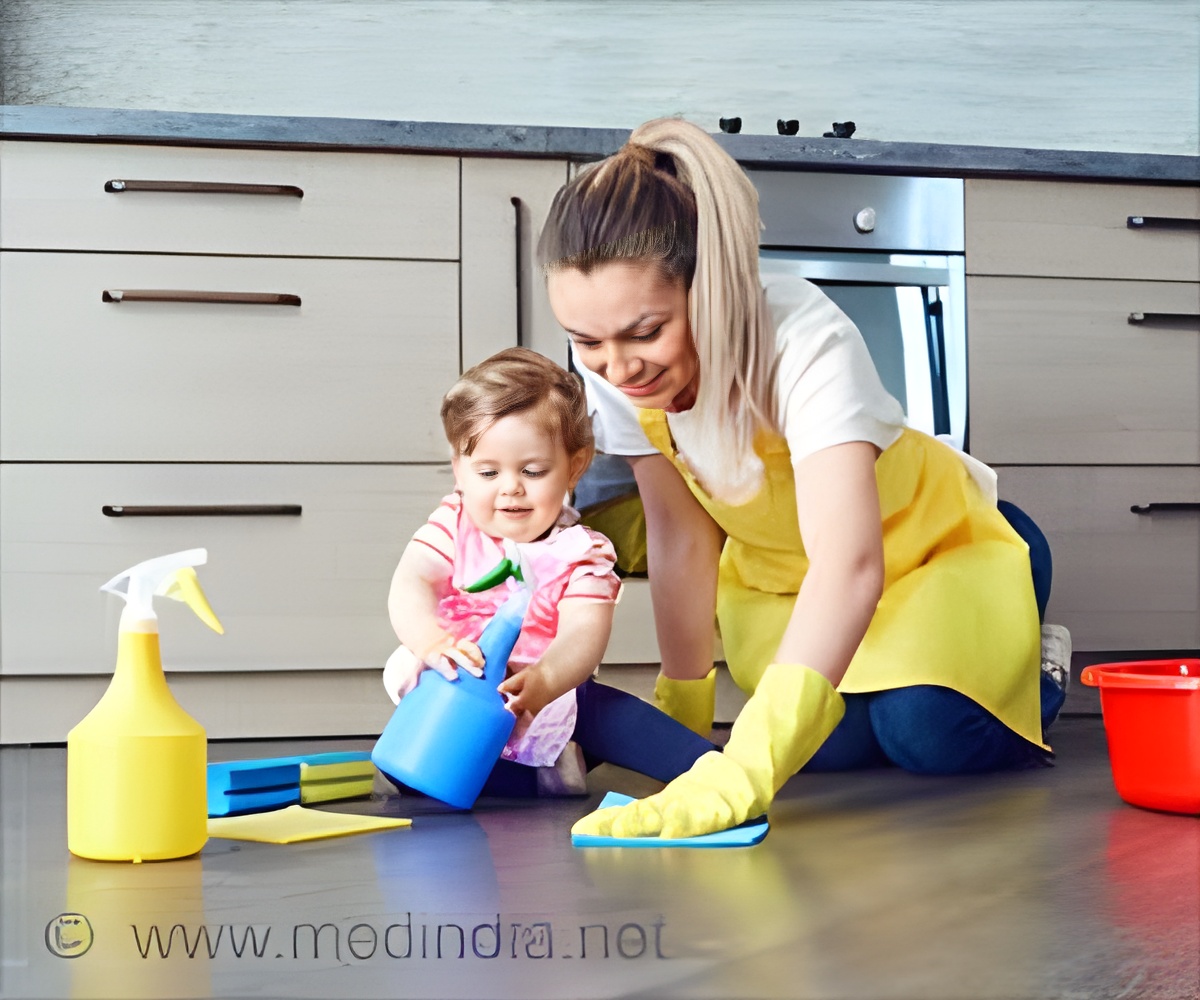
Chemicals in the home
Go to source). Researchers from the Environmental Working Group in the US published these findings in the journal Chemosphere.
Cleaning Products Steers Indoor Air Pollution? Why take the Chance?
VOCs are known to affect health in myriad ways. It can cause eye, nose and throat irritation; headaches, loss of coordination and nausea; damage to liver, kidney and central nervous system; some organics can cause cancer in animals, some are suspected or known to cause cancer in humans.‘Indoor air pollution from cleaning products is often overlooked, that may have a disastrous impact on health, especially in children and pregnant women. #cleangreenerhome #toxicproducts #indoorpollution #cleaningutilities’





Researchers from the Environmental Working Group in the US tested both conventional products and "green" cleaning products and detected a total of 530 unique VOCs in the 30 products. Of these, 193 VOCs were hazardous - identified as having the potential to cause health harms such as respiratory system damage, increased cancer risk and developmental and reproductive impacts.The findings showed that VOCs in cleaning products affect the quality of air both indoors and outdoors. But they contaminate indoor air two to five times more than outdoor air, with some estimates putting it as high as 10 times more. Some products emit VOCs for days, weeks or even months.
Switching to Greener Cleaning Products
"This study is a wake-up call for consumers, researchers and regulators to be more aware of the potential risks associated with the numerous chemicals entering our indoor air," said Alexis Temkin, a senior toxicologist at EWG. "Our findings emphasize a way to reduce exposure to hazardous VOCs -- by selecting products that are 'green,' especially those that are 'green' and 'fragrance free'," she said.The study concluded that products labelled "green" emitted fewer VOCs, compared to conventional products -- about half the number, on average. The green products categorized as "fragrance free" also produced the fewest VOC emissions -- nearly eight times fewer than conventional and four times fewer than green products that included fragrance on their label.
The green products emitted just four chemicals classified as hazardous, on average, compared to about 15 in green products with fragrance and 22 for conventional products. This suggests that choosing green, or green and fragrance free, cleaning products could be prudent for consumers concerned about indoor air quality and potential health risks.
Research shows people working in the cleaning industry have a 50 per cent higher risk of developing asthma and a 43 per cent higher risk of chronic obstructive pulmonary disease. Women working in this field also face an increased risk of lung cancer.
Advertisement
Reference:
- Chemicals in the home - (https://www.betterhealth.vic.gov.au/health/healthyliving/Chemicals-in-the-home)
Source: IANS

